Molecular, biochemical and pathological approaches to unravel the defence responses of apples and oranges against Penicillium spp.
Department/Institute
Universitat de Lleida. Departament de Tecnologia d'Aliments
Abstract
Despite the current use of chemical fungicides, Penicillium digitatum and P. expansum still are the most devastating pathogens of orange and apple fruit, respectively. These wound pathogens can infect fruits through injuries caused during harvest and postharvest handling, which annually lead to large economic losses worldwide. To obtain new rational and environmental friendly control alternatives, it is fundamental to understand these pathosystems, taking into account both, fungal pathogenicity mechanisms and host defence responses. In this thesis, by using gfp-tagged strains we have visualized the infection and have been confirmed these strains as a good tool to perform interaction and pathogen colonization studies. Once compatibility relationships were established, we have characterized the H2O2 effect on pathogens and hosts. Our findings suggests that H2O2 produced in fruit in response to abiotic and biotic stresses could be involved in signalling different functions linked with host resistance processes, rather than inhibiting the P. digitatum and P. expansum spore germination. As a high-throughput molecular method a proteomic approach was used to study the apple protein changes (both, abundance and oxidation) in response to abiotic (wounding) and biotic (P. expansum and P. digitatum) stresses. We have emphasized the findings related to those protein changes specifically induced in response to P. digitatum as non-host pathogen in apples. Among abundance changes we have identified Mal d 1.03E and EF-Tu, as well as oxidative changes in ACC oxidase and glutamine synthetases. Finally, we also have determined a low correlation between the transcript and protein abundances of some selected genes involved in wound and pathogen responses. Only Mal d 1.03E showed a significant correlation at the transcript and protein level. Knowledge obtained in this thesis could be an important step towards the improvement of disease control strategies, not only in these studied pathogens, but also in other important postharvest diseases.
Keywords
Hoste-patògen; Penicillum spp; Malus domestica; Citrus sinensis; Proteïna verda de fluorencència; Peròxid d’hidrogen; Huésped-patógeno; Peróxido de hidrógeno; Host-pathogen; Hydrogen peroxide
Subjects
663/664 - Food and nutrition. Enology. Oils. Fat
Knowledge Area
Tecnologia d'Aliments
Rights
ADVERTIMENT. L'accés als continguts d'aquesta tesi doctoral i la seva utilització ha de respectar els drets de la persona autora. Pot ser utilitzada per a consulta o estudi personal, així com en activitats o materials d'investigació i docència en els termes establerts a l'art. 32 del Text Refós de la Llei de Propietat Intel·lectual (RDL 1/1996). Per altres utilitzacions es requereix l'autorització prèvia i expressa de la persona autora. En qualsevol cas, en la utilització dels seus continguts caldrà indicar de forma clara el nom i cognoms de la persona autora i el títol de la tesi doctoral. No s'autoritza la seva reproducció o altres formes d'explotació efectuades amb finalitats de lucre ni la seva comunicació pública des d'un lloc aliè al servei TDX. Tampoc s'autoritza la presentació del seu contingut en una finestra o marc aliè a TDX (framing). Aquesta reserva de drets afecta tant als continguts de la tesi com als seus resums i índexs.
